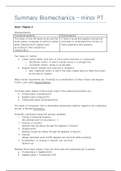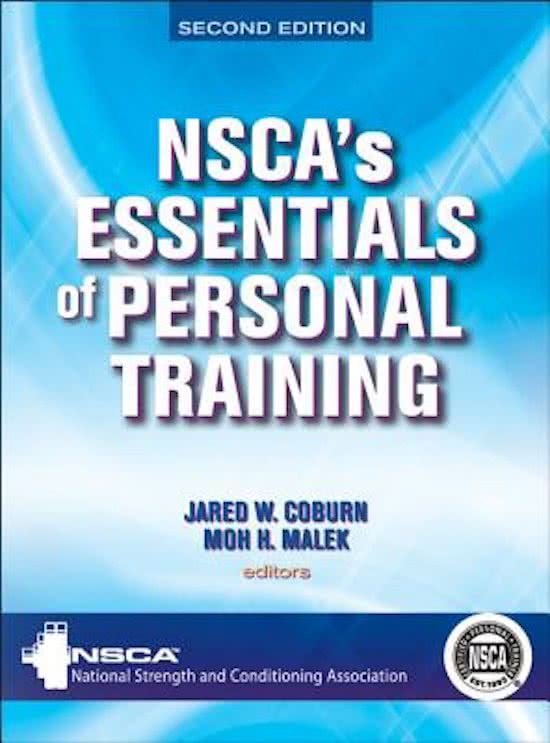Resume
Summary Chapter 4
- Cours
- Établissement
- Book
Hoofdstuk 4 uit het NSCA. Tip! Leer het NSCA gewoon in het Engels. Vertaalde samenvattingen zijn niet volledig betrouwbaar. In deze samenvattingen vind je makkelijk leesbaar Engels voor ieder niveau!
[Montrer plus]




